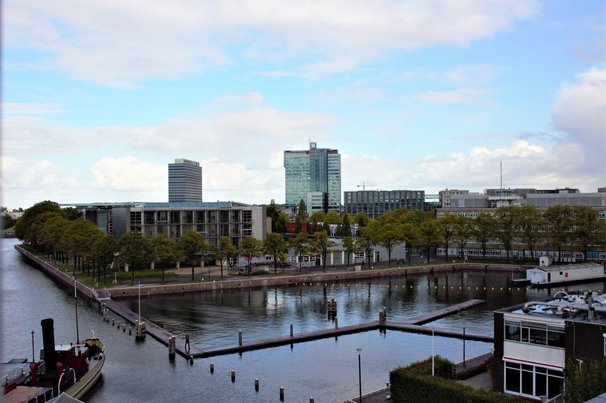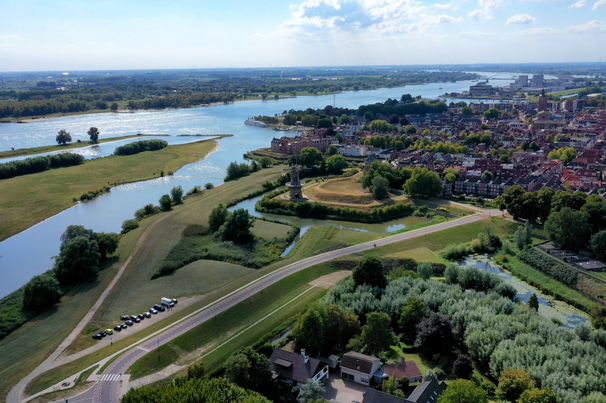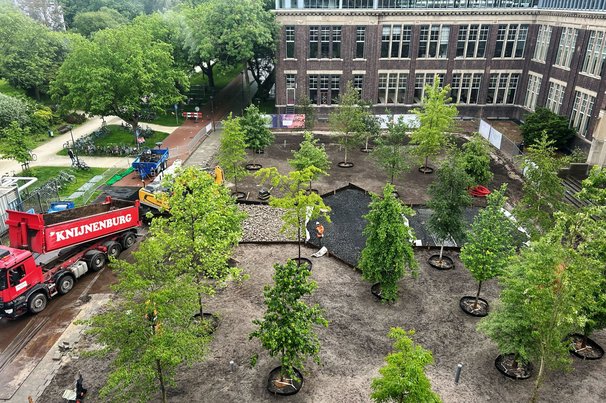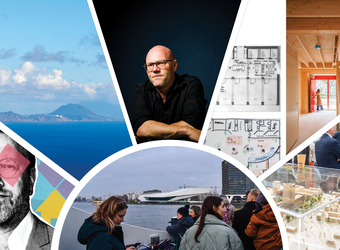20 november 2015
3 minuten
Nieuws Een toenemend aantal mensen deelt op sociale media wat ze meemaken en doen in hun leven. En door dit te doen, verstrekken mensen inzichten over hun eigen ervaring van de wereld om hen heen inclusief de steden waarin ze leven. Berichten op sociale media zoals Facebook en Twitter zijn daarom een schat aan actuele informatie over de wereld. SocialGlass, een onderzoeksteam van de TU Delft onder leiding van Prof. Alessandro Bozzon, voorziet in een nieuwe set aan tools om al deze informatie te analyseren en relevante conclusies te trekken. Het team werkte samen met het Amsterdam Institute for Advanced Metropolitan Solutions (AMS Institute) op SAIL2015.
An increasing number of people are sharing on social media what they observe and do in their life. And by doing so, they’re naturally providing insights about their subjective experience of the world around them, including the cities they live in. The range of messages on channels such as Facebook and Twitter therefore represents a treasure trove of real-time information about the world. SocialGlass, a TU Delft research team headed by Prof Alessandro Bozzon, provides a novel set of tools to analyse all this information and draw relevant conclusions. The team collaborated with the Amsterdam Institute for Advanced Metropolitan Solutions (AMS Institute) on SAIL2015.
Information becomes valuable
Social media messages offer insight into how visitors experience a particular event. For example, the ‘sentiment’ of their posts reflects which parts of the programme visitors attended and enjoyed, and how they experienced crowed spaces. Social media provide access to qualitative information that cannot be obtained through, for example, measurements conducted via camera surveillance and GPS trackers.
Initial results
The analysis of social media data from SAIL is still underway, but some interesting observations have already been made with regard to how people experienced the event.
Alessandro explains: ‘We observed around 60,000 social media users [Twitter and Instagram] who were active in the Amsterdam area during SAIL. We collected 226,000 micro posts, mostly [60%] from Twitter. We looked for mentions of words relating to crowding or how busy people thought the event was. While only 2% contained such references, we were able to observe interesting platform-dependent patterns. For instance, Amsterdam residents were the most “vocal” on Instagram [44%] while foreign tourists were the most active on Twitter [40%]. A sentiment analysis study revealed that the majority of social media users expressed positive sentiments. Residents were particularly positive, proportionally more on Instagram.’
Viewing the world from the perspective of social media data
Alessandro Bozzon is adamant that social media data can be used to assist in designing cities. ‘It’s like a sensor charting the world, so to speak. By 2050, approximately 70% of the global population will live in cities. Social media data will provide us with relevant information related to city life, and will allow us to better feel its heartbeat. We will be able to further our understanding of matters such as pressure and balance in urban environments, and to anticipate to related issues.’ The first steps are already being taken, as seen during SAIL2015. But Alessandro thinks this is just the beginning: ‘The monitoring of city-scale events such as SAIL is only the first step. Social media data can be used also to anticipate and respond to long-term trends. SocialGlass can provide citizens and decision makers with valuable insights about the dynamics of their cities.’
After Alessandro introduced SocialGlass’s activities during Social Media Week, various media including AD and NRCQ presented additional coverage on the use of social media and research into the field.
Cover: ‘2015.11.20_Harnessing social media data to support urban design’





